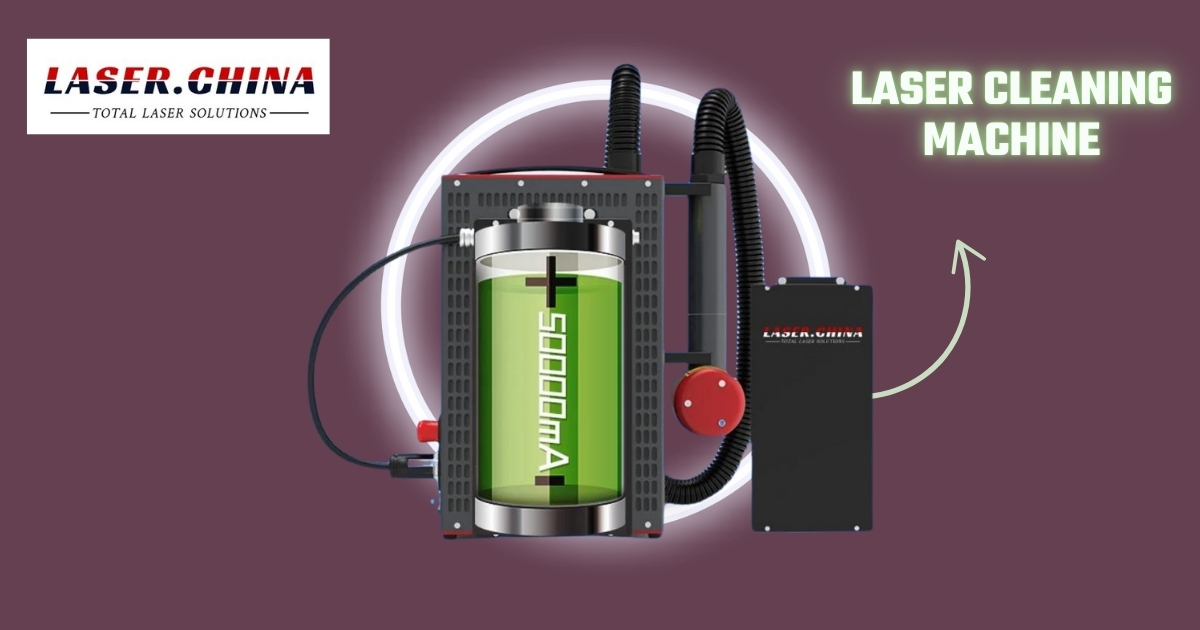Selecting the appropriate lens for a fiber laser is critical for ensuring optimal performance, efficiency, and longevity of the laser system. Fiber lasers are widely used for applications such as cutting, welding, engraving, and marking, and the choice of lens plays a significant role in determining the quality of the laser output. Below are the key factors to consider when selecting a fiber laser lens, along with their impact on performance:
1. Focal Length
The focal length of a lens determines how tightly the laser beam is focused on the material. Shorter focal lengths create a smaller spot size, which is ideal for precision tasks such as fine engraving and micro-cutting. Longer focal lengths, on the other hand, provide a larger depth of focus, making them suitable for thicker materials or applications that require more tolerance in positioning. Choosing the right focal length depends on the application’s specific requirements for accuracy and material thickness.
2. Lens Coating
Fiber laser lenses are typically coated with anti-reflective (AR) coatings to enhance their efficiency by reducing reflection losses. The coating also protects the lens from damage caused by high-power laser beams. Selecting lenses with high-quality coatings ensures better transmission of laser energy and reduces the likelihood of thermal damage, thereby extending the lens’s lifespan.
3. Material of the Lens
The lens material significantly impacts its durability and thermal resistance. Common materials include fused silica and ZnSe (zinc selenide). Fused silica lenses are preferred for their high thermal stability and resistance to laser-induced damage. Zinc selenide lenses are popular for CO2 lasers but are less commonly used in fiber lasers due to their lower damage thresholds.
4. Beam Spot Size
The beam spot size is influenced by the lens design and directly affects the laser’s cutting or engraving precision. A smaller spot size results in a higher energy density, enabling cleaner and more precise cuts. Conversely, a larger spot size may be more suitable for tasks requiring high-speed processing or broader heat distribution.
5. Lens Shape and Type
Fiber laser lenses come in different shapes, such as plano-convex, bi-convex, and aspheric. Plano-convex lenses are commonly used because they focus the beam efficiently while minimizing aberrations. Aspheric lenses can further improve beam quality by reducing spherical aberrations, making them suitable for high-precision applications.
6. Power Handling Capacity
Fiber lasers can operate at high power levels, so the lens must be capable of handling the laser’s energy without degrading. Choosing a lens with a power rating that matches or exceeds the laser’s output ensures consistent performance and reduces the risk of thermal damage or cracking.
7. Environmental Considerations
Environmental factors such as dust, humidity, and temperature can impact lens performance. Lenses with protective housings or sealed designs are better suited for harsh environments. Regular maintenance, such as cleaning and inspection, also helps preserve lens quality.
Impact on Laser Performance
Selecting the right lens ensures the laser beam is accurately focused on the target material, improving cutting or engraving quality. It also minimizes energy loss and prevents overheating, enhancing system efficiency. Furthermore, a well-matched lens reduces the likelihood of system downtime due to lens damage or misalignment.
Conclusion
The choice of a fiber laser lens is a critical decision that influences the quality, efficiency, and reliability of laser operations. By considering factors such as focal length, lens material, coating, and power handling capacity, users can ensure their fiber laser system performs optimally for the intended application. Regular maintenance and proper handling further extend the lens’s lifespan, ensuring consistent performance over time.



